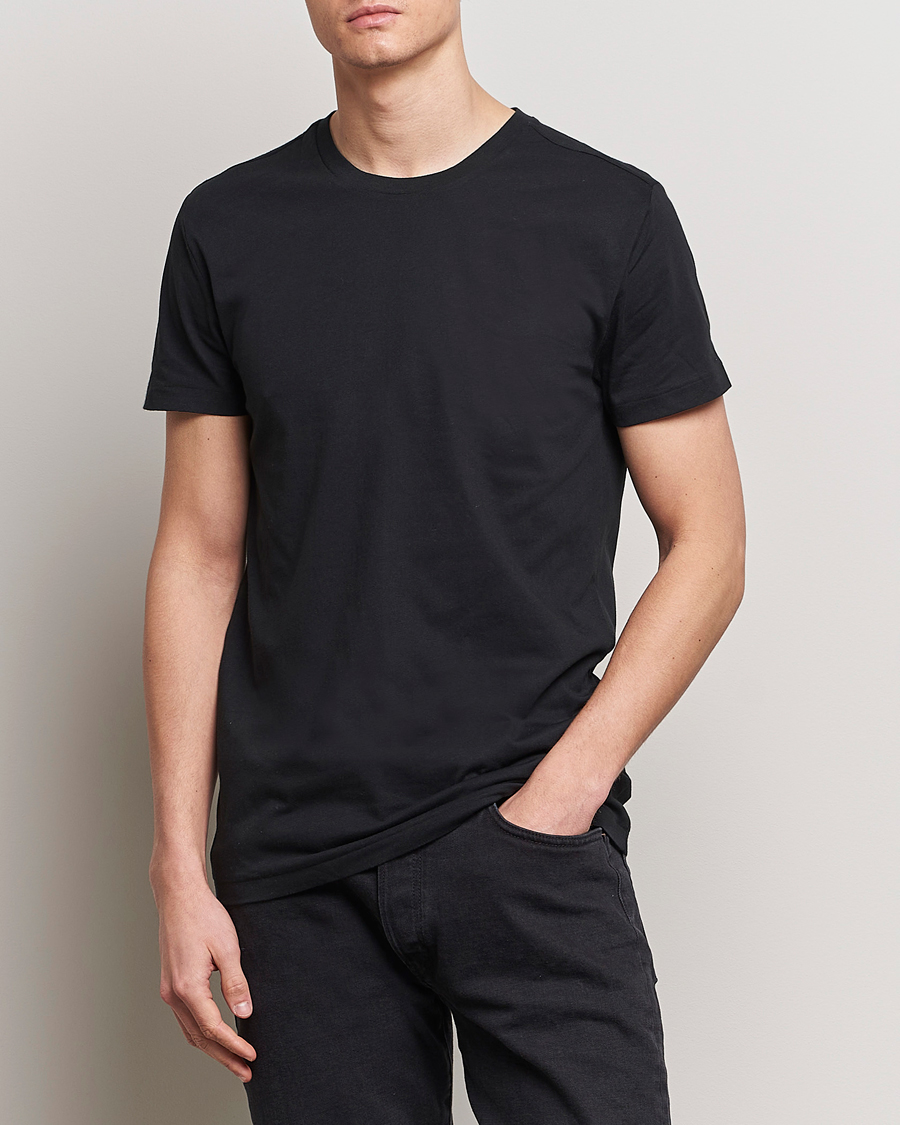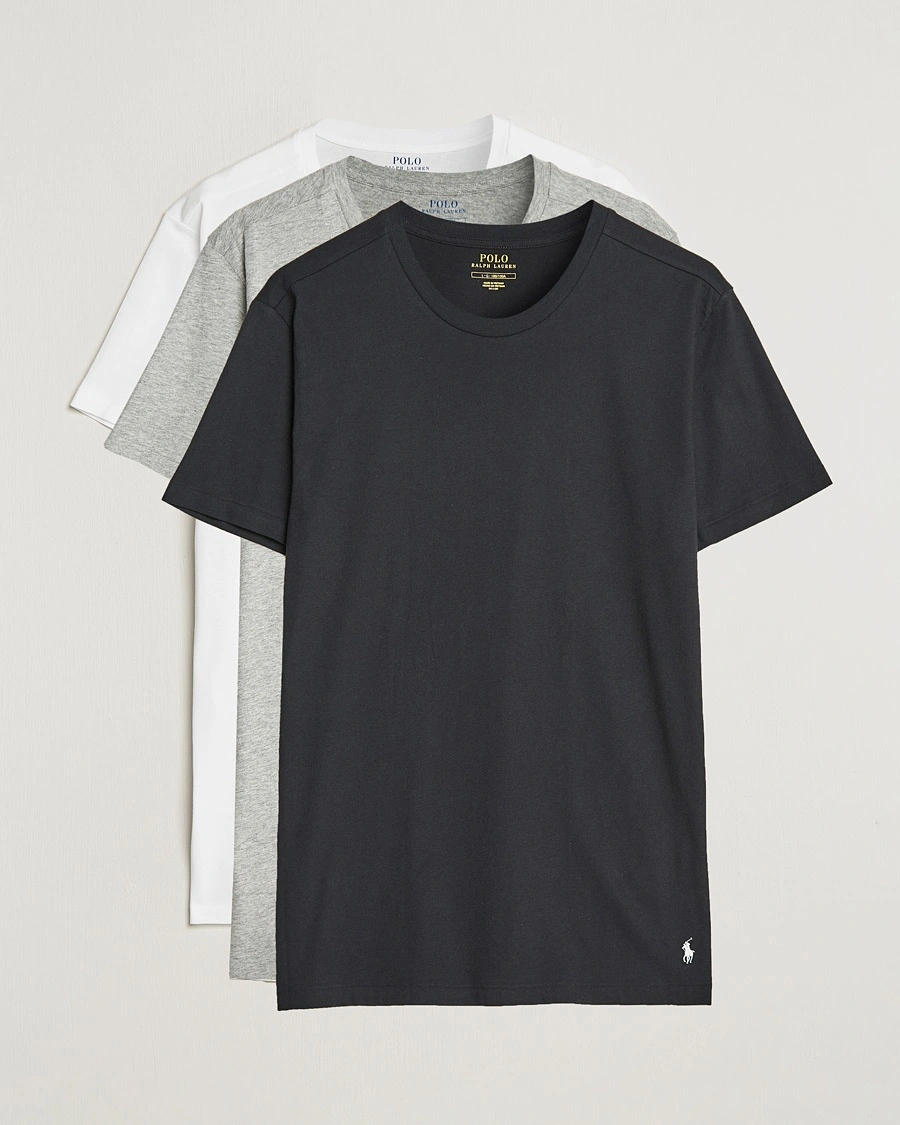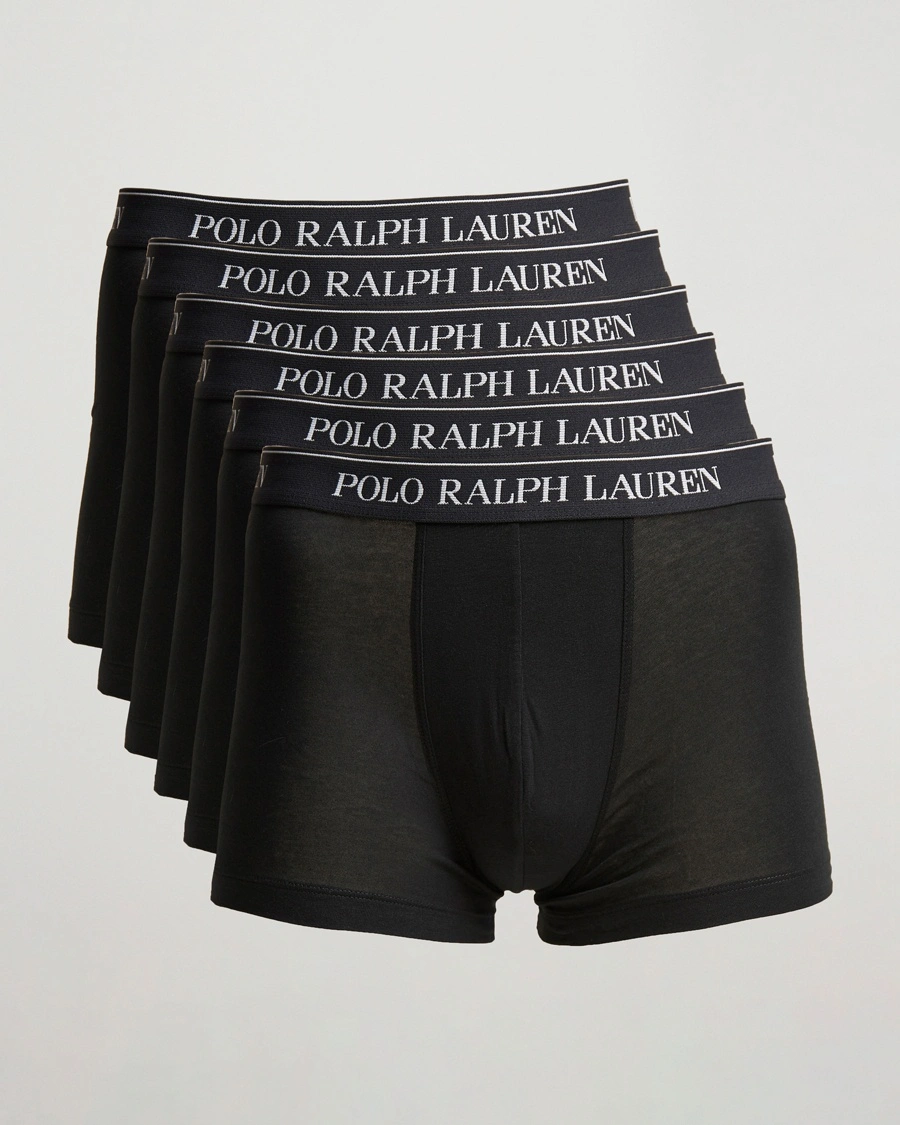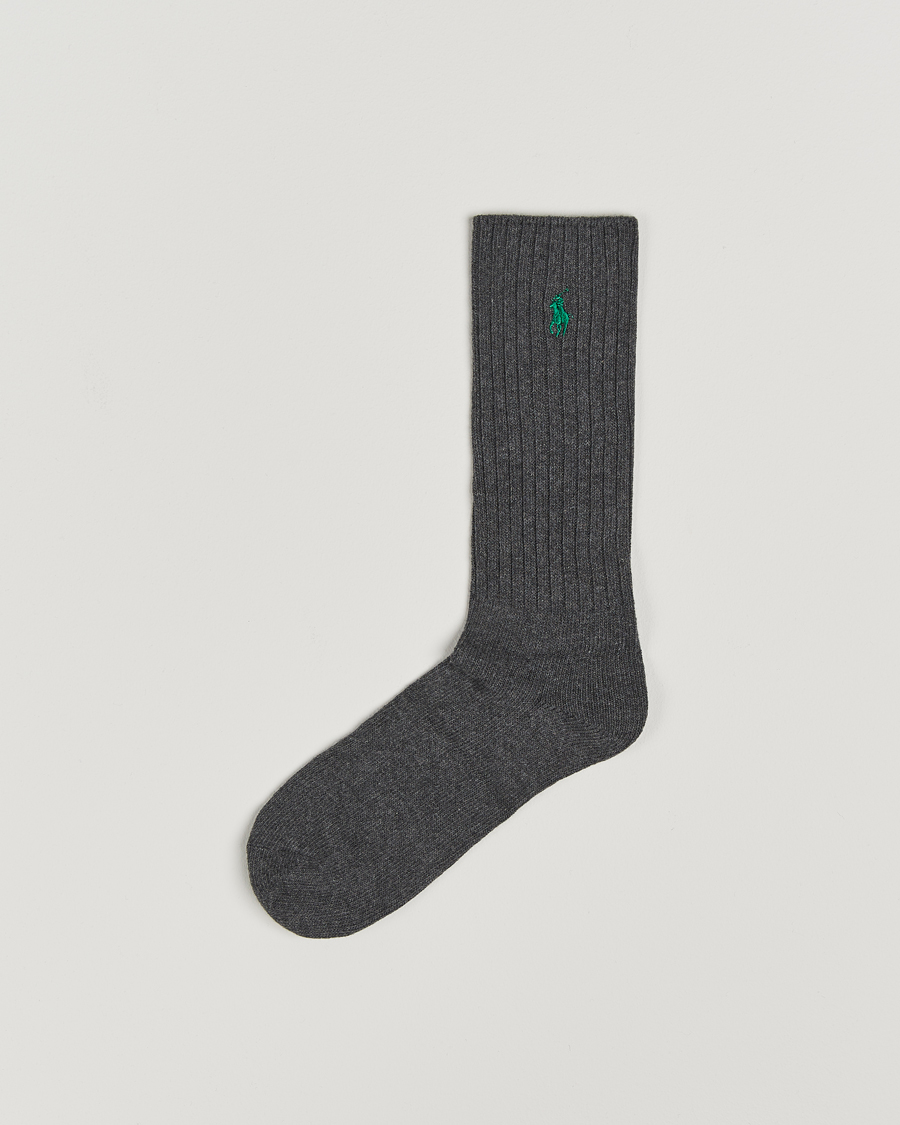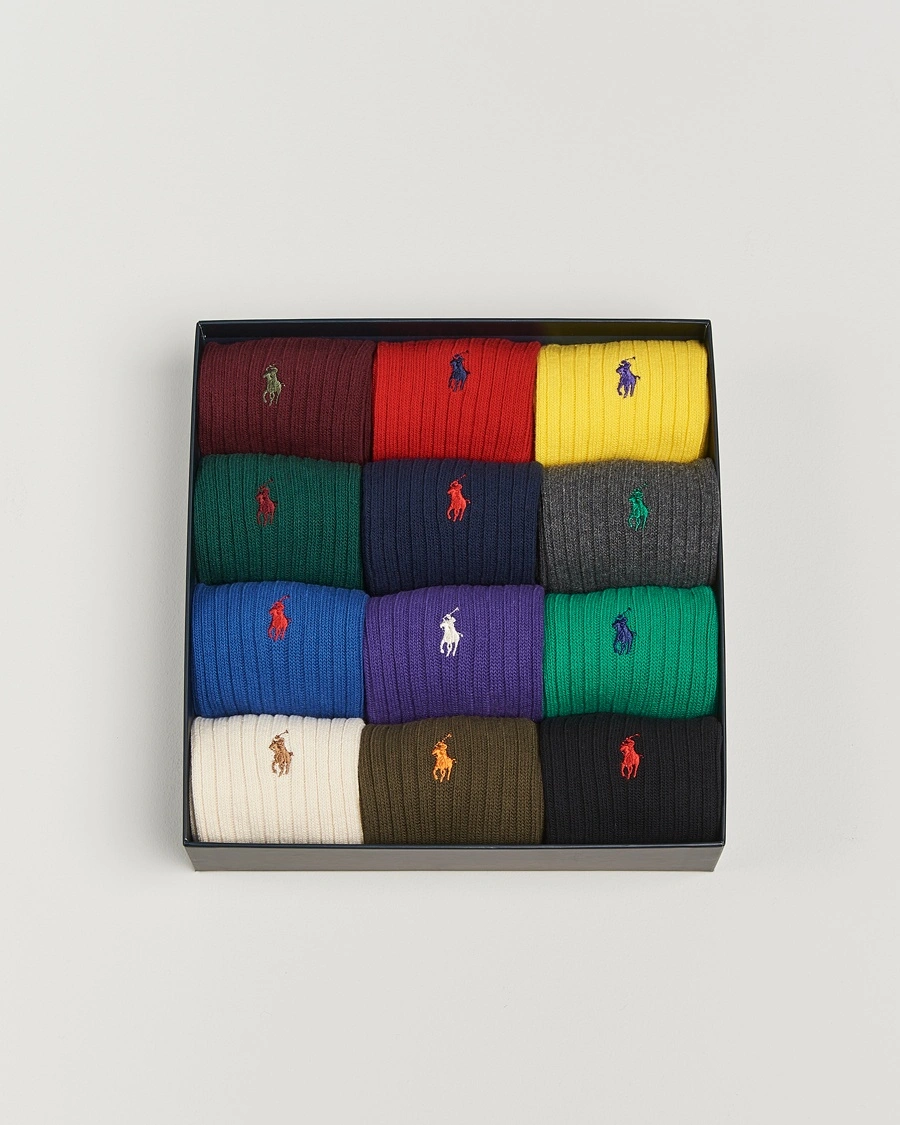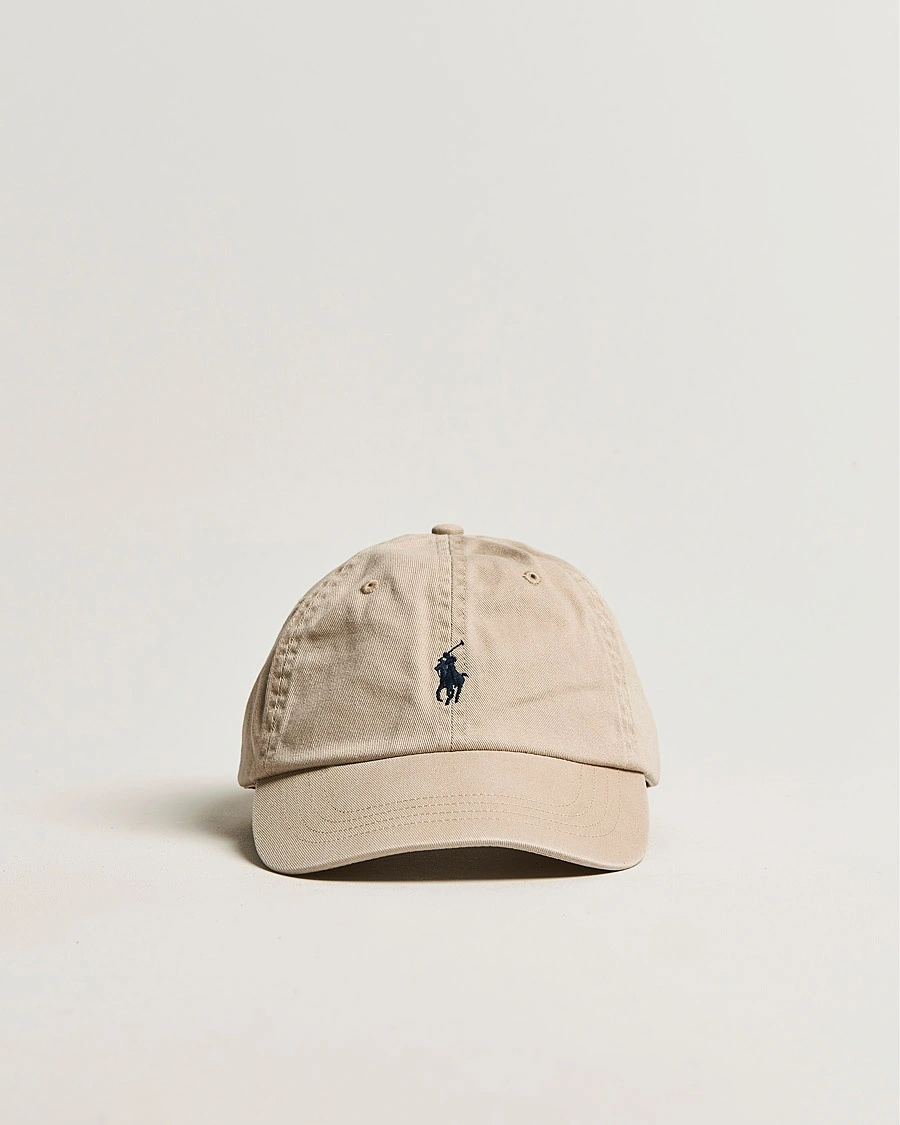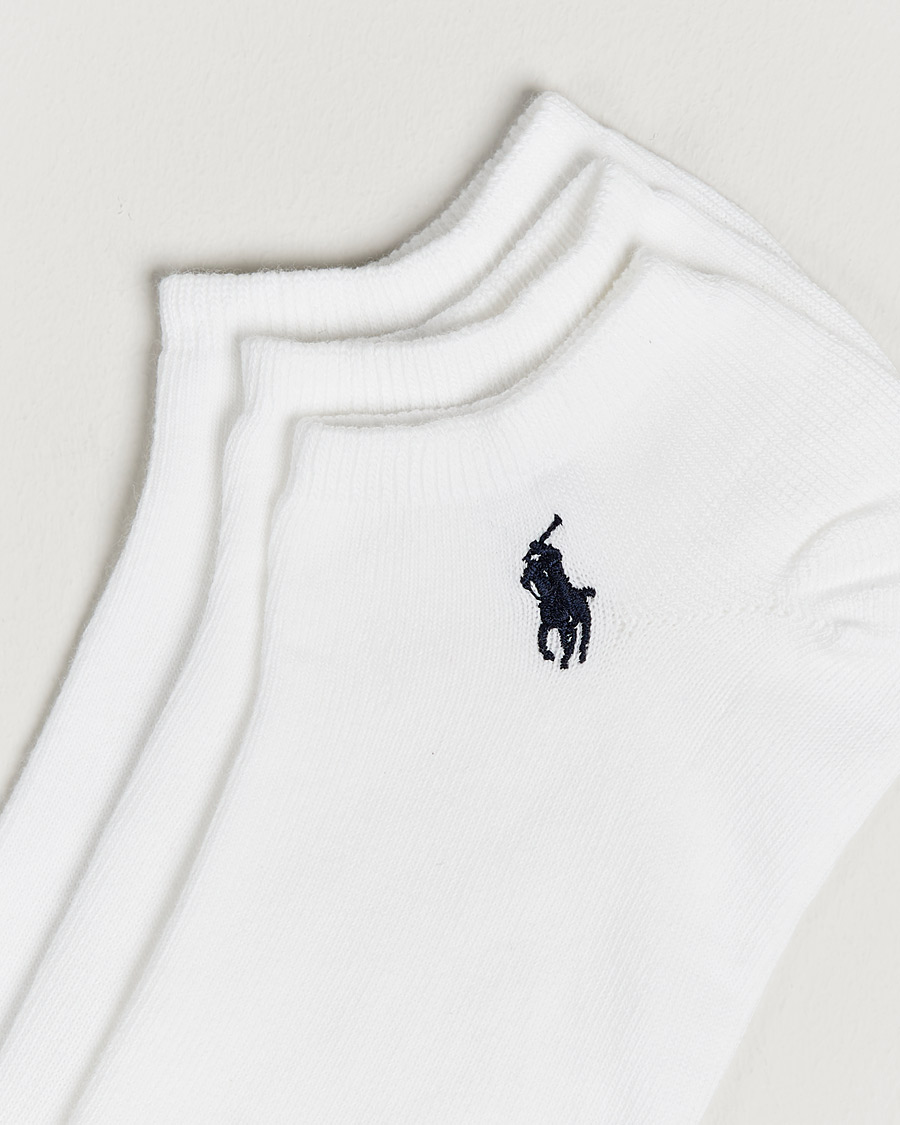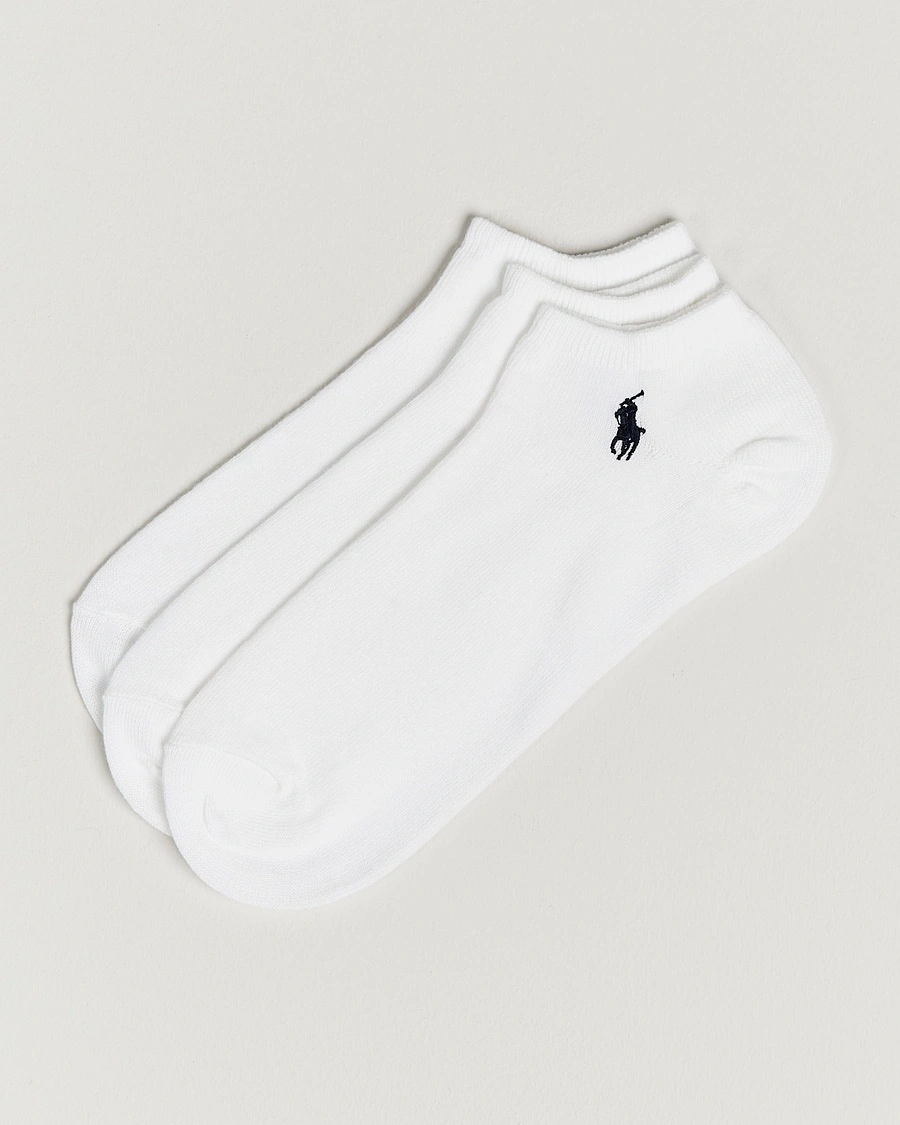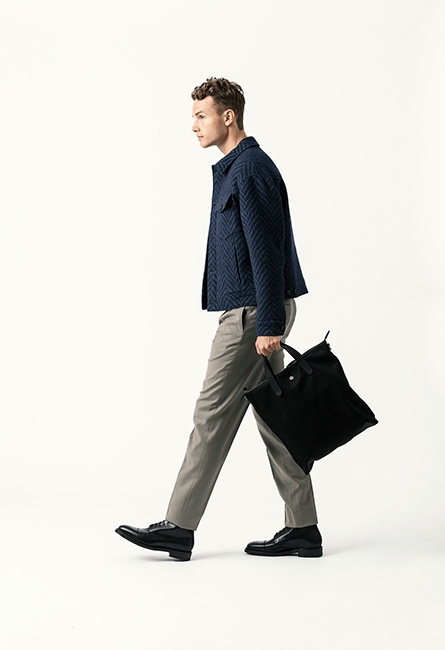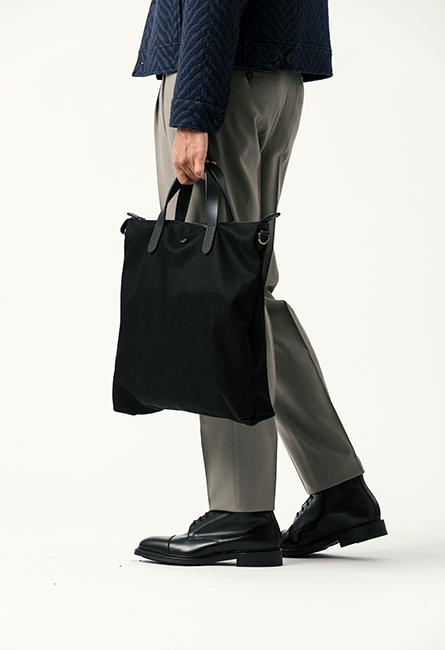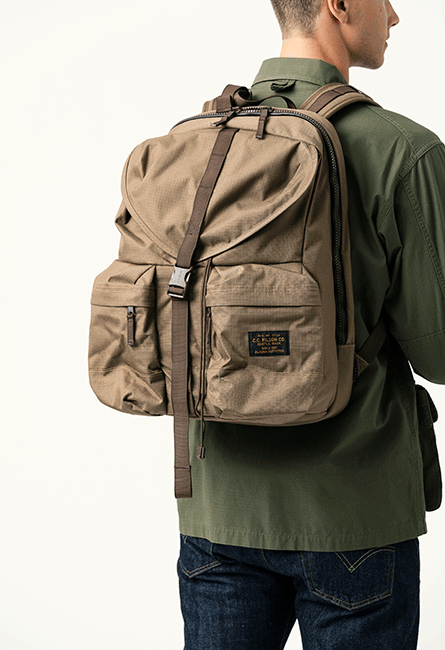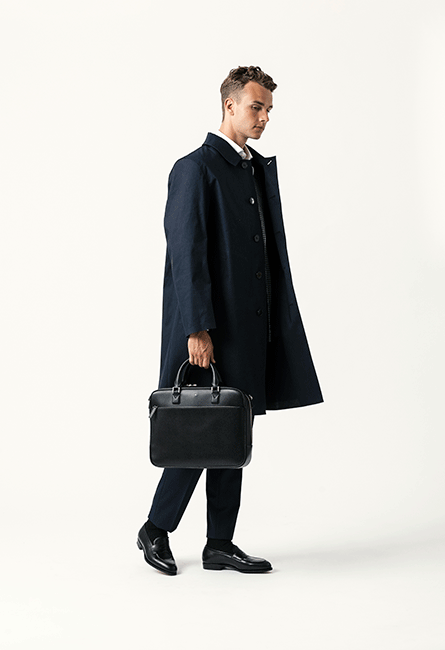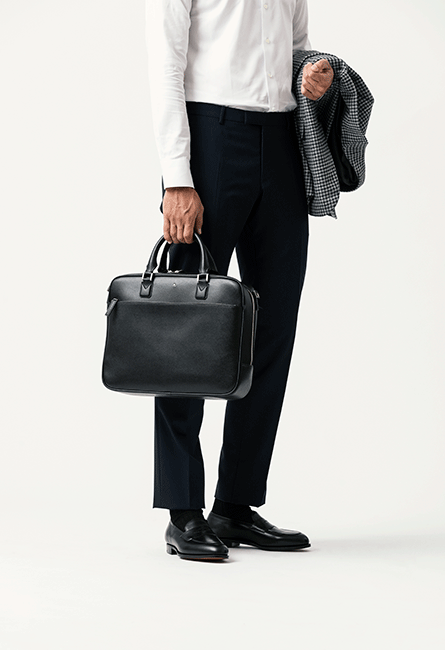
5 Things to Remember:
- Make sure to store your bag in a dark, dry place away from moisture and heat. Avoid exposure to direct sunlight as this can cause fading in both leather and fabric.
- It’s a good idea to pad the bag with crepe paper or similar when not in use, as this will allow it to keep its shape and prevent creases from forming. Use a fabric dust cover to keep your bag free from dirt and dust.
- Empty, clean, and air out your bag regularly, ideally after each use. This significantly reduces the risk of mould and odours.
- If your bag gets wet, dry it off as soon as possible with a soft and absorbent cloth, and then allow it to dry fully at room temperature. Heat sources such as airing cupboards, hairdryers, and tumble-dryers should be avoided.
- Take care not to overfill your bag, as this places significant strain on its handles and straps and can even cause the bag to break. Pack only what you need and remember that it’s better to use a bigger bag than to put too much in a smaller one.
How to Clean Your Leather Bag:
Brand new leather goods are usually pre-treated, meaning you can begin using them immediately. Empty, clean, and air out as needed. A soft cloth can be used to remove any dirt or stains. For particularly stubborn stains, use a slightly damp cloth, but remember that applying too much moisture to leather goods should be avoided.Viktigt att tänka på innan du börjar
As all leathers are unique, it is often difficult to predict the efficacy of the cleaning process and, with older leather in particular, cleaning should be done gently and carefully. Remember that the appearance and feel of the leather may change from using cleaning products – it may, for example, take on a slightly darker shade than before. Deciding how much water to use is another potential difficulty – too much water can destroy the leather.If you feel unsure as to how to clean your leather bag, it may be a better idea to take it to a leather specialist, or at least consult one before cleaning it. Also remember to test any cleaning product or cream on a less visible area before using it on the whole bag.
1. Make sure your hands are clean and free from fats and oils.
2. Begin carefully wiping down the bag with a soft, dry cloth to remove any dust or dirt.
3. If the leather is old or stained, it may be best to do a deep-clean using a dedicated leather soap. Allow the soap to foam by applying a very small amount of lukewarm water to a soft cloth or sponge. Cleaning products containing alcohol should never be used on leather as it can cause it to become dry and discoloured.
4. Make sure to clean the entire bag without applying too much pressure or focusing on specific areas, as this make led to an uneven feel or appearance. Apply the cleaning product using a circular movement and wipe it off with a slightly damp cloth to avoid clogging the pores of the material.
5. After cleaning, allow the bag to dry fully at room temperature. Avoid heat sources such as airing cupboards, radiators, hairdryers, etc. It can also be a good idea to apply a neutral (unpigmented) leather cream to the bag while it is still slightly damp.
[SLIDER2 START]
[ARTNR='12665610']
[ARTNR='17165110']
[ARTNR='19775110']
[ARTNR='20942010']
[ARTNR='17167710']
[ARTNR='17164910']
[SLIDER2 STOPP]





